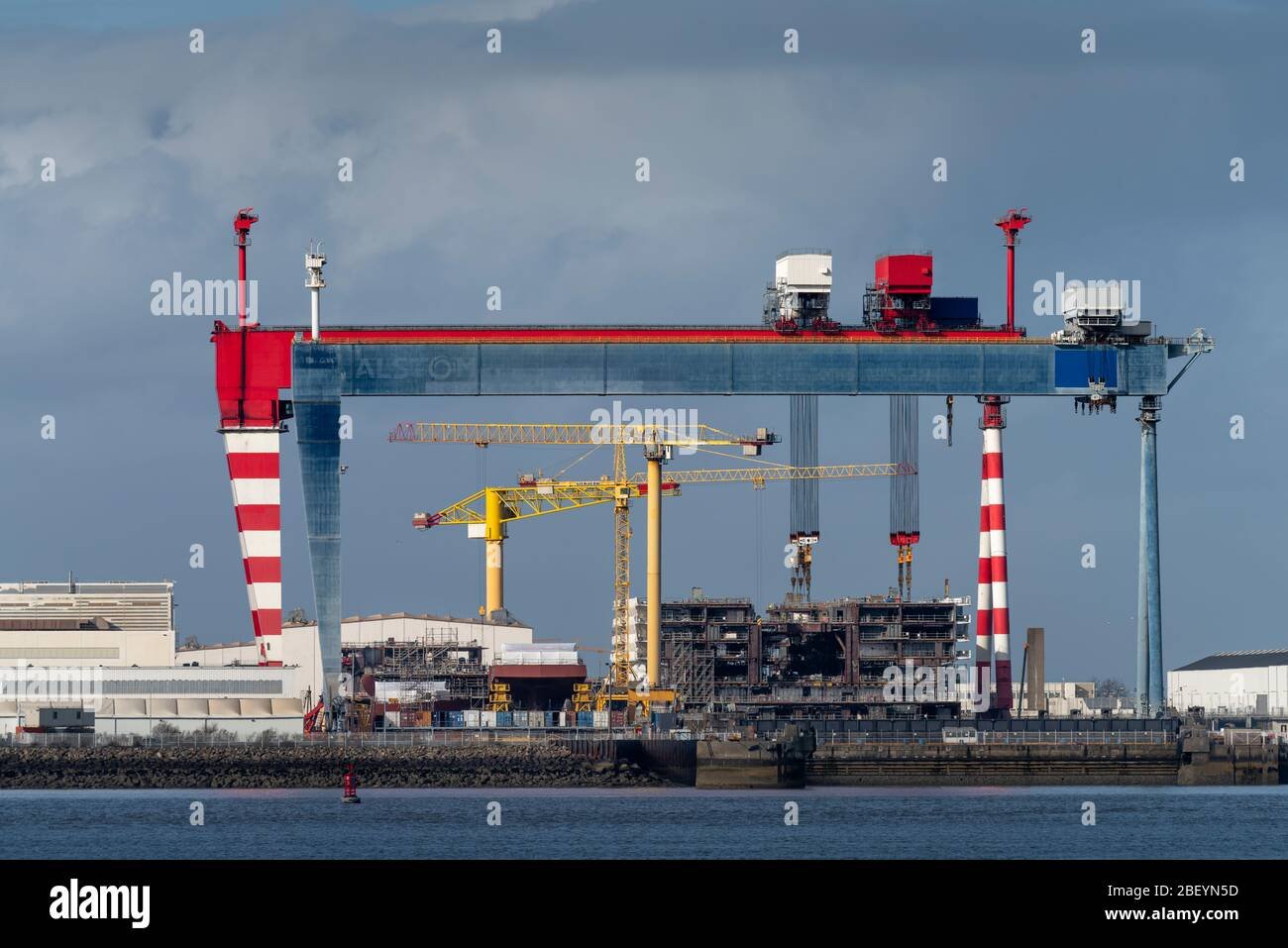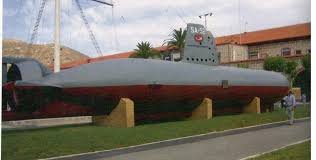Innovative Technologies in Ship Design

Innovative Technologies in Ship Design
The realm of Новітні технології у проектуванні суден ship design has always been at the forefront of engineering advancements. With the rapid development of new technologies, the methods and principles underlying ship design are evolving. From the introduction of computer-aided design (CAD) software to advanced materials and eco-friendly practices, the shipbuilding industry is witnessing a transformation that is enhancing performance, sustainability, and efficiency. This article provides an overview of the latest technologies used in ship design, demonstrating how they contribute to the future of maritime engineering.
1. Computer-Aided Design (CAD) and Simulation Tools
One of the most significant advancements in ship design is the introduction of CAD software. These tools allow designers to create detailed 3D models of vessels, which can be easily modified and optimized. CAD software not only enhances the precision of designs but also aids in analyzing the vessel’s performance under various conditions.
Simulation tools complement CAD software by allowing engineers to test their designs under simulated environmental conditions. These tools help predict how a ship will perform in real-world scenarios, including factors such as wave dynamics, wind resistance, and propulsion efficiency. By using simulation software, designers can identify and rectify potential issues before construction even begins, thus saving time and resources.
2. Additive Manufacturing (3D Printing)
Additive manufacturing, commonly known as 3D printing, is revolutionizing the production of ship components. This technology enables the creation of complex geometries that are often impossible or prohibitively expensive to achieve with traditional manufacturing methods. Ship designers can print prototypes, reducing lead times significantly and allowing for rapid iteration on design concepts.

3D printing also facilitates the use of lightweight materials that can contribute to overall vessel efficiency. By reducing the weight of various components, ships can achieve better fuel efficiency and higher performance levels. In addition, 3D printing can reduce waste and environmental impact compared to conventional manufacturing processes.
3. Advanced Materials
The choice of materials in ship design has a crucial impact on the vessel’s overall performance and lifespan. Recent advancements have led to the development of high-strength, lightweight materials that enhance structural integrity while reducing weight. For instance, composite materials such as carbon fiber and glass fiber are increasingly used in shipbuilding.
These advanced materials offer superior strength-to-weight ratios and corrosion resistance, extending the lifespan of vessels and decreasing maintenance costs. Additionally, innovations in coatings and treatments have improved the antifouling characteristics of ship hulls, leading to reduced drag and improved fuel efficiency.
4. Hull Design and Optimization Technologies
Modern algorithms and software applications enable complex analyses of hull designs to ensure optimal shapes and configurations. Computational Fluid Dynamics (CFD) is a key technology in this space, allowing designers to simulate and analyze fluid flow around hulls. This analysis helps in optimizing the hull form for hydrodynamic efficiency, significantly impacting fuel consumption and speed.
Moreover, tools that integrate hydrodynamic analysis early in the design process allow for continual refinement of the vessel’s shape. Updating designs rapidly and testing them through simulation accelerates development timelines while enhancing performance outcomes.

5. Environmental Considerations
As concerns about climate change and environmental sustainability grow, the shipbuilding industry is responding with various green technologies. These include alternative fuel sources, such as LNG, hydrogen, and battery-powered systems, making vessels more eco-friendly. Designers are focusing on energy-efficient systems, including hybrid propulsion systems that combine traditional fuel engines with renewable energy sources.
Furthermore, the inclusion of solar panels and wind energy systems into ship designs demonstrates a shift towards harnessing renewable energy. This not only reduces emissions but also enhances the self-sufficiency of vessels, making them independent from frequently fluctuating fuel prices.
6. Automation and Smart Ship Technologies
Automation is playing a critical role in modern ship design. Technologies such as autonomous vessels and remote monitoring systems are becoming more prevalent. These innovations aim to reduce human error, enhance safety, and improve operational efficiency.
Smart ship technologies incorporate the Internet of Things (IoT) and Big Data analytics to monitor ship performance in real time. Sensors embedded throughout the vessel provide valuable data regarding various operational parameters, enabling proactive maintenance and timely decision-making to optimize performance. As these technologies develop, they will further influence the design approach and operational paradigms within the maritime industry.
Conclusion
In summary, innovative technologies are reshaping the landscape of ship design. From advanced CAD and simulation tools to the adoption of sustainable practices and materials, the shipbuilding industry is leveraging modern advancements to enhance the efficiency, safety, and environmental impact of vessels. As technology continues to evolve, it will undoubtedly play a critical role in determining the future of maritime engineering, pushing the boundaries of what is possible in ship design.

